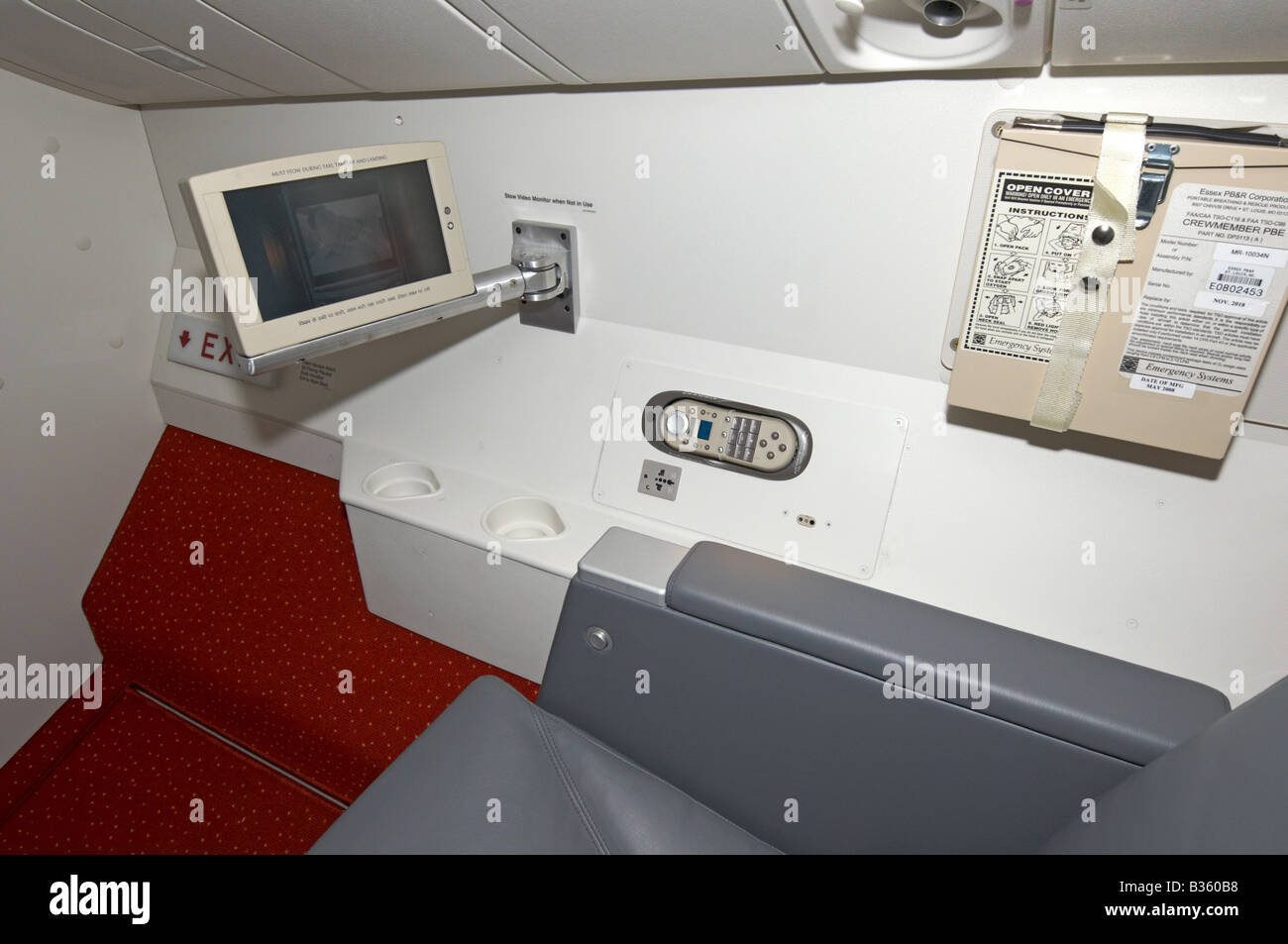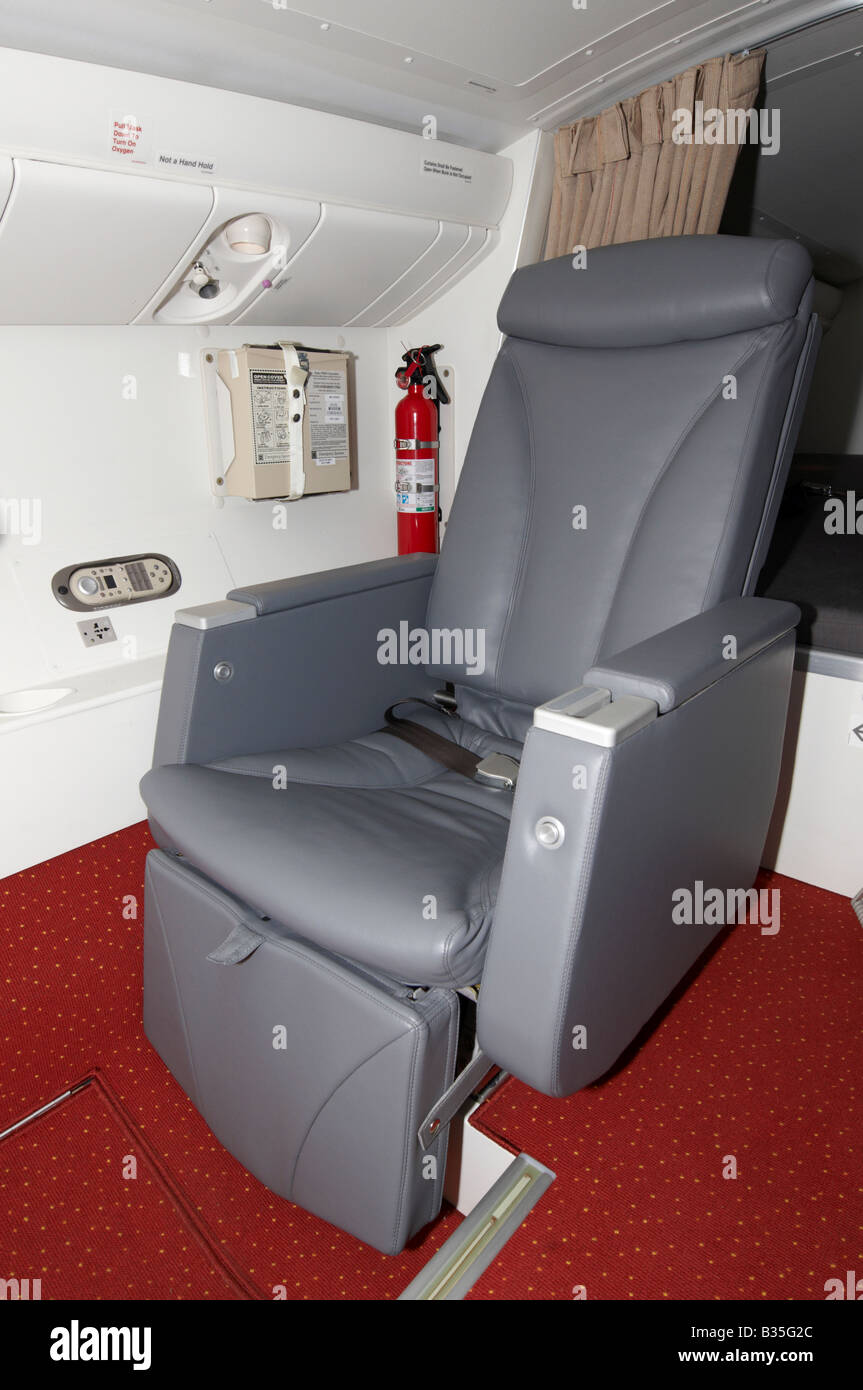Ever wondered what happens behind the closed doors of a Boeing 777 when the aircraft is cruising at 35,000 feet? Well, let me tell ya, the crew ain’t just sitting around twiddling their thumbs. Nope, they’ve got their own little hideout where they recharge, and that’s exactly what we’re diving into today—Boeing 777 crew rest areas. These aren’t just any ordinary spaces; they’re designed with precision to keep the flight crew fresh and focused for those long-haul journeys. So buckle up, because we’re about to uncover the secrets of these high-altitude sanctuaries!
Long-haul flights can last anywhere from 8 to 16 hours, and keeping the crew alert and energized is crucial for passenger safety. That’s why Boeing has gone above and beyond to create dedicated crew rest areas on the 777. These rest areas are more than just bunk beds—they’re engineering marvels that prioritize comfort, privacy, and functionality. Imagine being a pilot or cabin crew member on an ultra-long journey, and suddenly you’ve got a cozy little corner to catch some Z’s. Sounds pretty sweet, right?
But here’s the deal: not everyone knows about these hidden gems. Sure, passengers might catch a glimpse of the door labeled “Crew Rest,” but what goes on inside remains a mystery to most. In this article, we’ll break it down for you, exploring everything from the layout and design to the importance of crew rest in aviation safety. So whether you’re a curious traveler or a wannabe pilot, you’re in for a treat!
Why Crew Rest Matters: The Backbone of Safe Flights
Before we dive into the specifics of Boeing 777 crew rest areas, let’s talk about why they matter so much. It’s no secret that long-haul flights can be grueling, both physically and mentally. Pilots and cabin crew need to stay sharp throughout the journey, and that’s where rest comes in. Without proper rest, fatigue can creep in, compromising decision-making and overall performance. And let’s face it, nobody wants a sleepy pilot at the controls.
According to the Federal Aviation Administration (FAA), fatigue is one of the biggest risks in aviation. Studies have shown that sleep-deprived pilots can experience impaired cognitive function, slower reaction times, and even microsleeps—those brief moments of unconsciousness that can be downright dangerous. That’s why modern aircraft like the Boeing 777 are equipped with state-of-the-art rest areas to combat fatigue and ensure everyone onboard stays safe.
Boeing 777 Crew Rest Layout: A Sneak Peek
Now that we’ve established why crew rest is essential, let’s take a closer look at the layout of these areas on the Boeing 777. Depending on the configuration, the aircraft can have one or two rest areas—one for pilots and another for cabin crew. These areas are strategically located to minimize noise and disturbance, ensuring the crew can truly unwind during their break.
Where Are the Rest Areas Located?
The exact location of the crew rest areas can vary depending on the airline’s configuration, but generally, you’ll find them near the front or rear of the aircraft. The pilot rest area is usually located just behind the cockpit, while the cabin crew rest area is often near the rear galley. These locations are chosen to keep the crew close to their workstations while providing enough separation from the passenger cabin.
What’s Inside the Rest Areas?
Inside the crew rest areas, you’ll find bunk beds, privacy curtains, and all the amenities needed for a quick nap. The beds are designed to be comfortable yet compact, with enough space for the crew to stretch out and relax. There’s also lighting control, ventilation, and even entertainment systems for those rare moments when the crew wants to unwind with a movie or music.
- Bunk Beds: Typically 2-4 beds per rest area, depending on the aircraft configuration.
- Privacy Curtains: Ensures a quiet and secluded environment for rest.
- Ventilation: Keeps the air fresh and comfortable.
- Lighting Control: Adjustable lighting for a peaceful sleep environment.
The Science Behind Crew Rest: How It Works
Designing a crew rest area isn’t as simple as slapping a few beds in the back of the plane. There’s a lot of science and engineering that goes into making these spaces functional and effective. From ergonomic design to noise reduction technology, every detail is carefully considered to create the perfect environment for rest.
Noise Reduction: Keeping It Quiet Up There
One of the biggest challenges in designing crew rest areas is managing noise. After all, you’re flying through the sky at hundreds of miles per hour, and that comes with a fair amount of engine roar and wind noise. To combat this, Boeing incorporates advanced noise reduction techniques, such as soundproofing materials and insulated walls. The result? A peaceful oasis even in the midst of a bustling aircraft.
Ergonomics: Comfort Meets Functionality
Comfort is key when it comes to crew rest areas, but so is functionality. The beds are designed to be ergonomic, supporting the body in a way that promotes restful sleep. Adjustable lighting and temperature controls further enhance the experience, ensuring the crew can tailor the environment to their preferences.
How Crew Rest Impacts Safety: The Numbers Don’t Lie
When it comes to aviation safety, the importance of crew rest can’t be overstated. Studies have shown that well-rested pilots and cabin crew are significantly less likely to make critical errors during long-haul flights. In fact, research conducted by the International Civil Aviation Organization (ICAO) found that proper rest can reduce fatigue-related incidents by up to 30%. Those are some pretty compelling numbers if you ask me.
But it’s not just about the stats. Real-life examples also highlight the importance of crew rest. Take the case of Qantas Flight 72, where a technical malfunction caused the aircraft to experience severe turbulence. Thanks to the quick thinking and calm demeanor of the flight crew, the situation was handled with minimal casualties. While we can’t say for sure, it’s likely that the crew’s ability to remain focused was influenced by their access to rest during the flight.
Regulations and Standards: Who Sets the Rules?
When it comes to crew rest, there are strict regulations in place to ensure airlines are doing their part to keep everyone safe. Organizations like the FAA and EASA (European Union Aviation Safety Agency) set guidelines for rest periods, rest area design, and overall crew management. These regulations vary slightly depending on the region, but the underlying goal is the same: to combat fatigue and promote safety.
FAA Regulations: The Gold Standard
The FAA requires airlines to provide adequate rest facilities for flight crews on long-haul flights. This includes specific guidelines for bed dimensions, noise levels, and accessibility. Airlines must also ensure that rest periods are scheduled appropriately, taking into account factors like flight duration and time zones.
EASA Standards: A European Perspective
Over in Europe, EASA has its own set of standards for crew rest. While similar to FAA regulations, EASA places additional emphasis on mental health and well-being, recognizing that rest is about more than just physical recovery. Airlines operating under EASA rules must also consider the psychological impact of long-haul flying and provide support accordingly.
Passenger Curiosity: What You Need to Know
As a passenger, you might be wondering how much access you have to the crew rest areas. Spoiler alert: none. These areas are strictly off-limits to passengers, and for good reason. The last thing the crew needs is someone knocking on their door asking for a tour. However, there’s nothing stopping you from learning more about these fascinating spaces from the comfort of your seat.
Myths vs. Reality: Separating Fact from Fiction
There are plenty of myths floating around about crew rest areas, from secret parties to hidden luxuries. The truth is, these areas are all about functionality. Sure, they’re comfortable, but they’re not exactly five-star accommodations. The focus is on providing a safe and effective environment for rest, nothing more, nothing less.
Future Innovations: What’s Coming Next?
As technology continues to advance, we can expect to see even more innovations in crew rest areas. From smart beds that monitor sleep patterns to virtual reality experiences that simulate a night at home, the possibilities are endless. Airlines are also exploring ways to integrate AI and machine learning into rest management systems, ensuring optimal scheduling and resource allocation.
Sustainability and Design: A Greener Future
Another exciting development is the push toward sustainability in aircraft design. Future crew rest areas may incorporate eco-friendly materials and energy-efficient systems, reducing the environmental impact of aviation without compromising on comfort or functionality. It’s a win-win for everyone involved.
Conclusion: Rest Assured, Safety Comes First
So there you have it, folks—a deep dive into the world of Boeing 777 crew rest areas. From their importance in aviation safety to the science behind their design, we’ve covered it all. The next time you’re on a long-haul flight, take a moment to appreciate the hardworking crew behind the scenes and the rest areas that keep them energized and focused.
Now, here’s where you come in. Got any burning questions about crew rest areas? Or maybe you’ve got a story to share about a memorable flight experience? Drop a comment below or share this article with your fellow aviation enthusiasts. Together, let’s keep the conversation going and spread the word about the importance of crew rest in aviation safety.
Table of Contents
- Boeing 777 Crew Rest: The Secret Comfort Zone That Keeps Pilots and Cabin Crew Energized
- Why Crew Rest Matters: The Backbone of Safe Flights
- Boeing 777 Crew Rest Layout: A Sneak Peek
- The Science Behind Crew Rest: How It Works
- How Crew Rest Impacts Safety: The Numbers Don’t Lie
- Regulations and Standards: Who Sets the Rules?
- Passenger Curiosity: What You Need to Know
- Future Innovations: What’s Coming Next?
- Conclusion: Rest Assured, Safety Comes First
- Table of Contents


